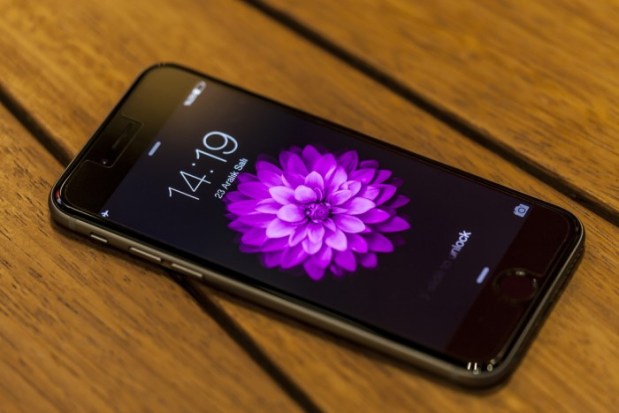Why Is iPhone Storage Still So Expensive?

Since the time of ENIAC-sized mainframes taking up entire gymnasiums, the processing power of the average computer has grown as exponentially as their sizes have shrunk. The number of transistor chips on a single microprocessor has roughly doubled every two years since the ’60s, and the technology required to store the ever-increasing amount of information processed has advanced in kind.
So why is it that consumers still pay for storage in iPhones like it’s the most precious resource in the computing world?
InformationWeek has a somewhat damning breakdown of how Apple hasn’t followed the downward trend in storage pricing that most other manufacturers have. For example, the basic models of Apple’s newest line of iPhones – the SE, 6s, 6s Plus – all come equipped with 16 gigabytes of storage at respective prices of $399, $649 and $749. Even with the deluge of cloud-based apps and services for modern smartphones, 16GB isn’t a difficult barrier for the average MP3 audiophile or amateur social media photographer to reach.
The next step up the iPhone storage ladder to 64GB, however, won’t come cheap. For prospective owners of an iPhone SE, 6s and 6s Plus, that extra 48GB comes at the not-insignificant premium of a crisp $100 bill. For any billionaires out there wishing to max out their iPhones with 128GB, it’ll cost another Benjamin to double the onboard storage.
While Apple has built a reputation for its brand that may convince consumers to pay a little more than they would for other manufacturers’ products, why so many are shelling out this much for comparatively paltry memory is a mystery. If Apple is charging $100 for between 48 and 64GB, that averages out to about $2.08 and $1.56 per GB. Compared to what non-smartphone manufacturers have managed to do with cheap storage, $1.70 per is highway robbery; software engineer Matt Komorowski’s analysis found that even in 2014, consumers could snatch up an external hard drive with 3 terabytes (3,000GB) of memory for around $99.99 – or $0.03 per GB.
But perhaps it’s apples and oranges to compare storage in mobile devices like smartphones to the relatively spacious confines of an external drive. As InformationWeek noted, there might be no fairer comparison than stacking iPhone storage against rivals like the Google Nexus 6P (base price: $499), Samsung Galaxy S7 ($650) or the LG G5 ($650). To start, all three phones come with at least 32GB — twice that of base model iPhones — and Google will upgrade any Nexus device to 64GB for $50 and 128GB for $150 more. Ostensibly, that’s a rate of $1.56 per GB, the lowest an iPhone user can hope to pay.
More importantly, though, the Galaxy S7 and G5 come equipped with slots for microSD cards allowing for near-limitless expandable storage. Consumers with these phones are free to chase that $0.03 per GB price that manufacturers have shown they are able to reach, but not one that all are happy to provide.
Why would Apple so drastically overcharge for a component that, with more cloud-based and streaming services coming online every day, seems to be losing its importance in the realm of personal computing? The cynical mind immediately jumps to profits, which would give IHS Technology senior director of cost benchmarking services Andrew Rassweiller the most cynical mind of all.
“[Storage] is now so cheap it’s almost irrelevant, but Apple monetizes this difference with consumers, to the tune of $100 for each additional step up in memory capacity,” Rassweiller explained in a fall 2015 announcement accompanying IHS’ cost-by-component breakdown of an iPhone 6s Plus. “For example, a 64 GB iPhone now costs Apple about $17 more to make than a 16 GB iPhone, but Apple charges iPhone buyers $100 more for the increased memory. This is part of Apple’s ongoing strategy to improve profits by selling a product mix that is heavier in the higher-end iPhones.”
Until successive generations of iPhones stop selling like high-tech hotcakes, Apple has little incentive to offer more affordable storage options to consumers. However, with fewer and fewer users filling up their iPhone’s memory thanks to the cloud-based revolution, it’s just as unlikely that the unenlightened iPhone owner will even be confronted with the problem of more memory — and having to pay out the nose for it.
